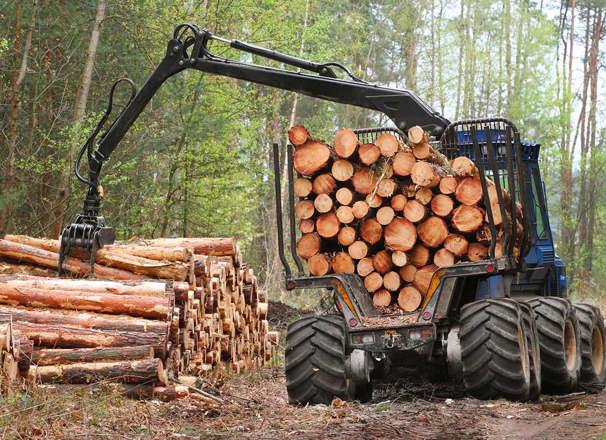Refuse Collector
Refuse collectors pick up waste and recyclable materials from homes, apartment buildings, and businesses and transport them to certified disposal facilities. They work along specified routes. They often work for municipalities or private waste-management companies.



